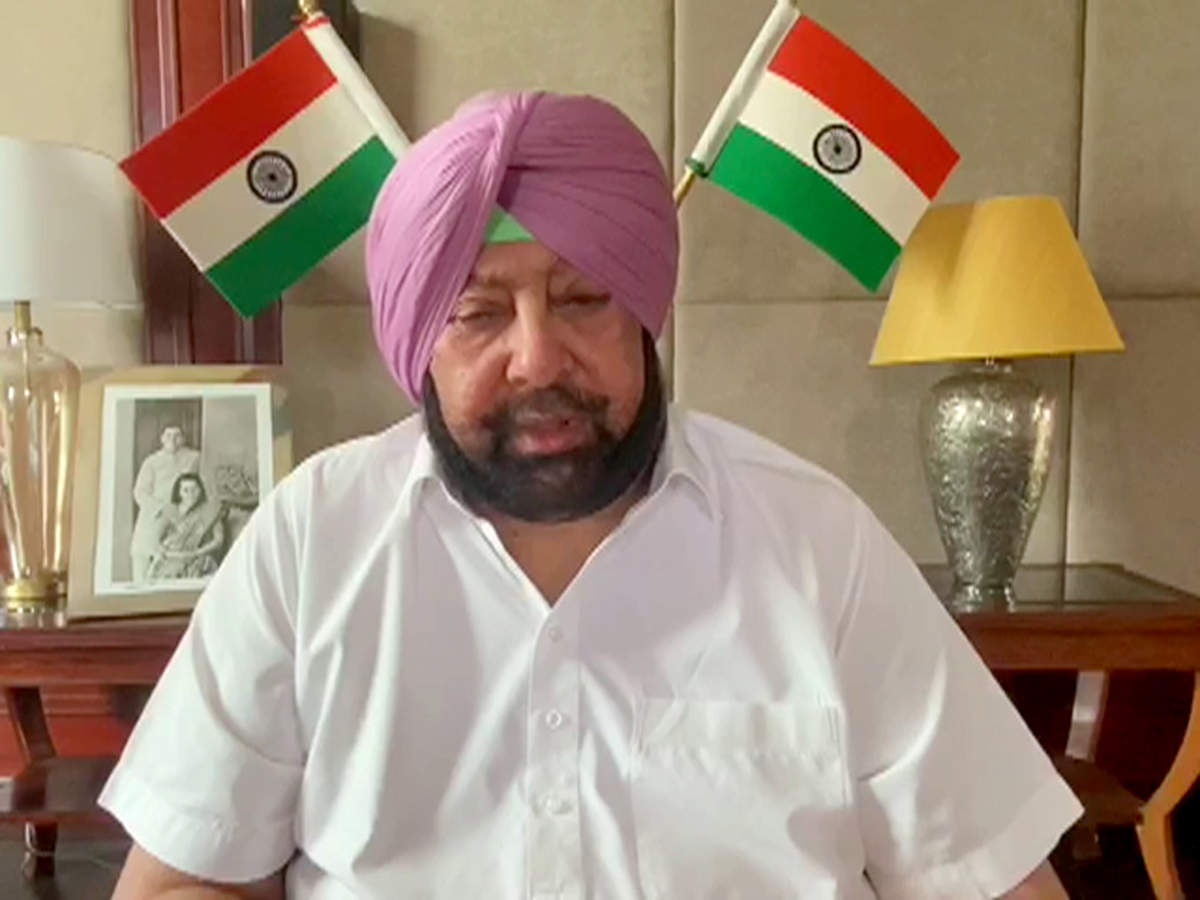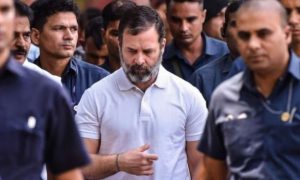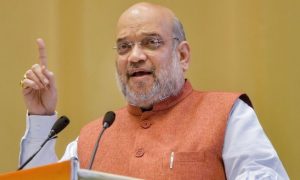The crisis in Congress-ruled Punjab arose due to Navjot Singh Sidhu’s restlessness turning into a potential rebellion, the AAP’s reported growth in the state, and Chief Minister Amrinder Singh’s insistence on cornering all glory
The long and protracted negotiations relating to poll-bound Punjab has not yet resulted in a favourable outcome for the Congress. Not just in Punjab, the grand old party has not been able to settle the leadership issues in many of its state units across the country.
In a nutshell, the crisis in Congress-ruled Punjab arose due to former minister Navjot Singh Sidhu’s restlessness turning into a potential rebellion, the Aam Aadmi Party (AAP)’s reported growth in the state, and Chief Minister Amrinder Singh’s insistence to go solo. The problem assumed bigger propositions as the party leadership — Sonia Gandhi and Rahul Gandhi — saw merit in every argument advanced by the rival camps.
After three days of deliberations and consultations, the upshot has been ‘status quo ante’ i.e. 79-year-old Captain Amrinder Singh will lead the party campaign for February 2022 and Sidhu would not turn into a full-scale rebel. Captain has tentatively agreed to ‘take everyone along’. However, beneath the calmness, there is an utter sense of mutual distrust and one-upmanship. An internal crisis later this year or just before commencement of the assembly polls cannot be ruled out.
Leadership Fails
For the first time after the demise of senior Congress leader and ace political strategist Ahmed Patel, the Gandhi trio of Sonia Gandhi, Rahul Gandhi and Priyanka Gandhi Vadra, tried to deal with the internal crisis putting their prestige at stake. They had a fig-leaf of a committee consisting of Mallikarjun Kharge, JP Aggarwal and Harish Rawat (who is AICC general secretary-in-charge of Punjab) to executive a ‘peace plan’.
The broader contours of a brief, reportedly prepared by Priyanka Gandhi Vadra, was to harp on the need for unity, acceptance of the stature and strength of Singh and the Chief Minister’s willingness to look into the grievances advanced by Sidhu and other Congress dissidents.
Congress veterans say the footsies being played in Chandigarh and Delhi indicate a weak Congress high command unable to act from a position of strength. In other words, Rahul Gandhi’s inability to wrest Kerala from the Left Democratic Front (LDF), a poor showing in Assam, West Bengal and Puducherry, denied him a political authority to assert himself vis-a-vis regional satraps.
Another state which reflects Rahul Gandhi’s failure to settle the leadership issue is Rajasthan. About 10 months have passed but the impasse between Chief Minister Ashok Gehlot and his former deputy Sachin Pilot is yet to be resolved. Pilot has been fuming and fretting over the un-kept promises that were fundamentally three-fold. After Pilot gave up his protest against Gehlot in August, the Gandhi trio had reportedly assured him that his camp followers would get ‘adequate representations’ in state run boards and corporations, in the Gehlot ministry and in the Rajasthan Congress unit. Till date Gehlot seems every bit defiant to deny rival Pilot any concessions.
Patel’s Loss
Blasphemous as it may sound, Congressmen recognise but are unwilling to admit that the Gandhis’ writ does not necessarily work when it comes to the Congress-ruled states. It is largely because of the ‘dependency’ model that has developed since 2014 when the party lost power at the Centre and kept losing state after state. Singh, Gehlot and Bhupesh Baghel enjoy leverage to extend patronage, fund Congress campaigns in other poll-bound states and control virtually everything that can be described as ‘resources’.
As long as Patel was alive, he saved the Gandhis from any possible indignity as he had tremendous influence and held ‘I Owe You’ vouchers to get ‘things done’. Patel also had an uncanny ability to effectively act as the chief ministers’ advocate in the Congress durbar and get them concessions. Since November, this fine balance is missing.
Failed Model, Fleeting Peace
Each political party faces challenges, more so when it is down and out. The Congress has been no exception. The problem has become acute due to Sonia Gandhi’s continuation as the longest serving party chief in the Congress’ 136-year-old history. She is fundamentally a status quoist. Her survival instincts have been to keep everyone happy or rely on the Japanese method of holding maximum consultations and hammering out consensus.
Purging, drastic action or taking a firm stand are alien to her script. On the other hand, Rahul Gandhi is a lot more different, eager to experiment, fail and falter. This factor alone has reduced Priyanka Gandhi Vadra to a perpetual behind-the-scenes crisis manager, deal maker, negotiator, fire fighter, all clubbed into one, instead of effective communicator, leader, orator or campaigner.
The Congress is unwilling to work out a template other than the ‘Virbhadra Singh model’ — in 2012 Singh, at the age of 78, became the Chief Minister of Himachal Pradesh for the fifth time. When in power Singh had always managed to keep both aspirants and dissidents within the party under his control. It worked because the Congress could always accommodate the likes of Anand Sharma in the Manmohan Singh Cabinet at the Centre.Another sign of the weakening writ of the high command is that Sonia Gandhi and Rahul Gandhi are unable to enforce succession plans in any of the Congress-ruled states, be it Punjab, Rajasthan or Chhattisgarh. This means that the peace and stability in the Congress’ Punjab unit is fleeting at best.





































